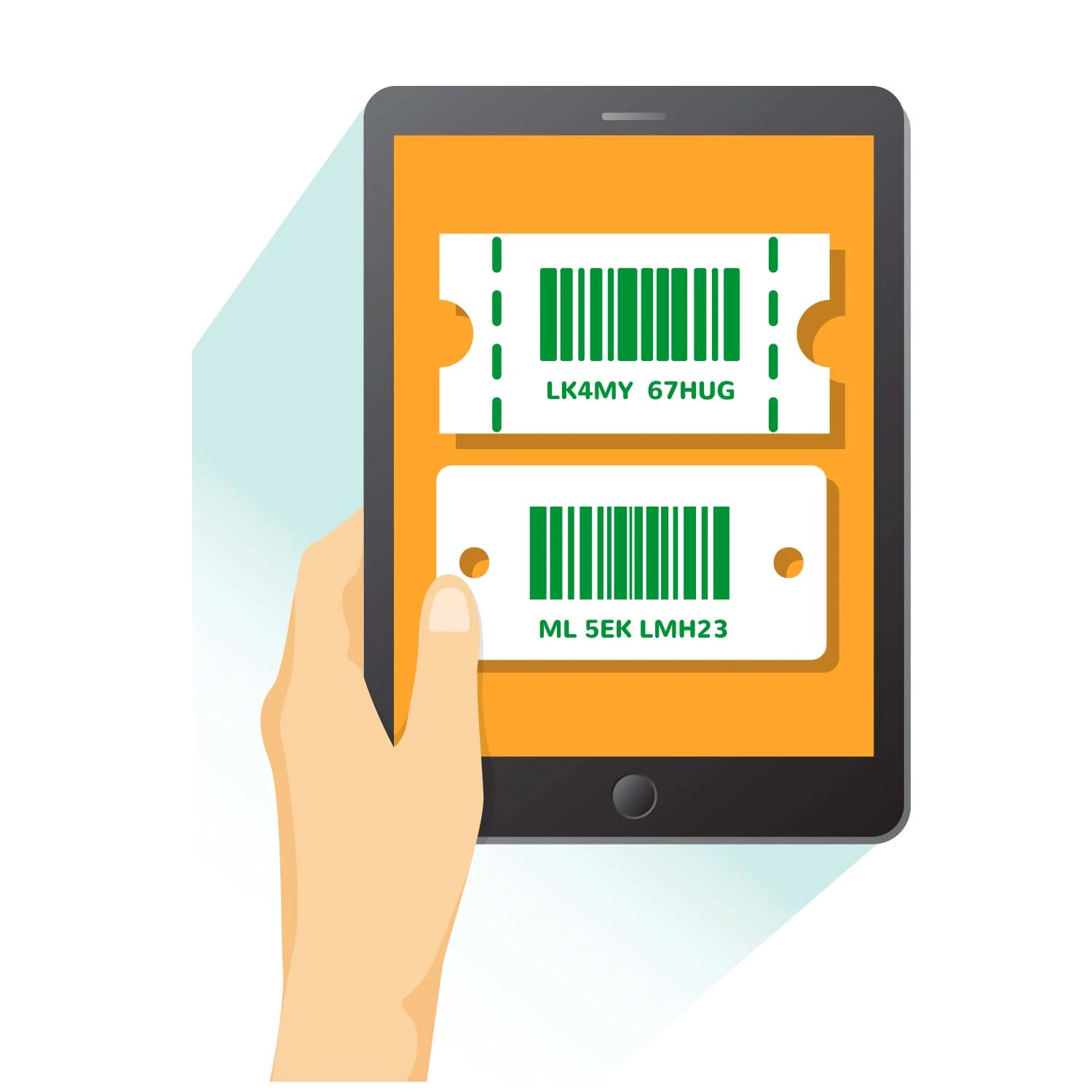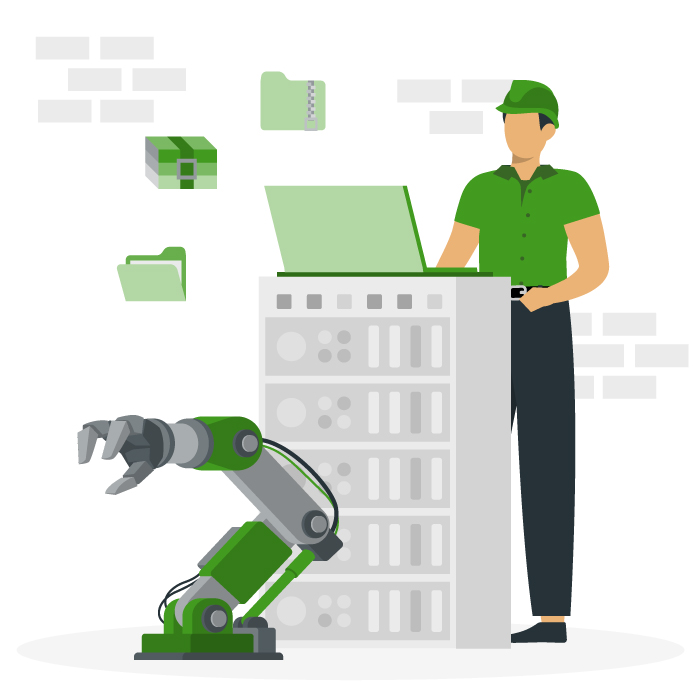Level of Repair Analysis (LORA)
Everything you ever needed to know about level of repair analysis.
What is Level of Repair Analysis (LORA)
A Level of Repair Analysis is a method of analyzing systems or machinery to minimize the money and time you spend on maintenance. The outcome of a LORA gives you tactics to return the machinery to a serviceable state while reducing its overall life-cycle costs.
The analysis uses two considerations to determine an asset’s best course of maintenance action, along with other factors like in-house skills, specialist tooling, support equipment, and available facilities:
- Should an item be replaced or repaired?
- What is the ideal location for the repair/maintenance work to happen?
Before you can confidently carry out a LORA, you need to gather specific information:
- Familiarize yourself with the concept of “levels of repair”
- Acquire a deeper understanding of your equipment’s criticality and maintainability
Let’s tackle the last two points next.
Understanding different “levels of repair”
Most organizations have tiered maintenance capabilities, depending on the available resources and the type of facility they run.
Airlines provide a good example of this tiered system, with most using three distinct maintenance levels you can see below:
- Operational or organization level
- Intermediate level
- Depot level
This is important to understand as not all organizations can implement all three levels, either because they lack resources or because it is simply not cost-effective to do that.
Operational or organizational-level
Also called O-level maintenance, represents work done at the asset’s location to return it to service as quickly as possible, using standard hand tools and simple tooling. Failed components are replaced, and damage is temporarily repaired.
In aviation, line maintenance occurs at the gate once an aircraft taxis in. Technicians quickly replace failed components, fix broken seats, or change worn tires before the aircraft leaves to its next destination.
Intermediate-level
Known as I-level maintenance, is a step up in the level of work done. I-level maintenance occurs in workshops with greater tooling and diagnostic equipment. Maintenance durations are longer and use sub-components to return assets to a serviceable condition with permanent damage repairs.
An example is an aircraft due for a service or a maintenance check. It is towed to a nearby hangar to allow the work to be done overnight before returning to the gate the following day for its first departure.
More time on the ground allows for more comprehensive maintenance, using a small team of technicians armed with more specialized tooling and diagnostic equipment.
Depot-level
D-level maintenance involves extensive repairs, often with dedicated repair and overhaul shops, and sometimes with manufacturing capabilities to overhaul or modify equipment.
Every few years, an aircraft will fly to a heavy maintenance base for a complete strip-down to its subcomponents, with these sent into the extensive overhaul shops attached to the maintenance hangar.
This can take several weeks to complete, with large teams of technicians working back-to-back shifts.
The Essential Guide to CMMS
Download this helpful guide to everything a CMMS has to offer.

Understanding equipment criticality and maintainability
Criticality and maintainability are specific to your organization and the asset’s operating characteristics.
Before you can focus on cost, the facility to use, and the depth of repair capability required for a specific asset, you first need to understand how important is that asset to your operation, and what it takes to maintain its serviceability.
You’ll draw this data from your internal processes, like failure mode and criticality analysis (FMECA).
It will provide insight into:
- Maintenance tasks that need to be carried out on an asset
- The rough frequency of those tasks
- Materials and skills required to perform those tasks
- Tooling and equipment required to perform those tasks
- The space you need to perform those maintenance tasks
On top of that, knowing criticality and maintainability, as well as looking at historical data, will help you estimate the time required for each repair or maintenance task.
Four steps to execute a Level of Repair Analysis
Once you understand your levels of repair, as well as the equipment criticality and maintainability data, you’re ready to begin your analysis. The LORA is conducted by following these four steps:
- Non-economic analysis
- Economic analysis
- Sensitivity analysis
- Decision analysis
1. Non-economic analysis
This is where you consider the organization’s skills, capabilities, tooling, and facilities. You’ll review the inventory required to support the maintenance, and identify items with a long lead time for delivery.
Think of this step as the first two steps in a SWOT analysis, where you focus solely on the company’s strengths and weaknesses for maintaining the asset to the required standard.
Let’s take a power-takeoff (PTO) gearbox fitted to a fleet of tractors as an example.
Changing the oil and cleaning the filter is within the capabilities of a mobile maintenance team using simple hand tools. The filters and seals have a short lead time, and the oil is a bulk purchase.
If the magnetic plug shows metal traces, the gearbox will need to be replaced with an overhauled item. This task requires a gearbox jack for safe removal, and a spare gearbox to be available, but it is still within the capabilities of a mobile maintenance team.
However, overhauling the removed gearbox will require considerable specialist tooling, diagnostics, and test equipment. It will also need a clean room for assembly, which most organizations lack.
2. Economic analysis
This step focuses solely on costs. What will it cost to maintain this asset in each of your facilities?
You’ll capture manhours, logistics, external support, and consultant costs. Then, you’ll break down the costs for each type of labor. If specialist tooling or diagnostic equipment is required, you’ll want to capture the ongoing calibration costs.
In our example of the PTO gearbox, you can cost the manhours and spares required for an oil change. Additional investment in tooling, skills, or maintenance facilities is not required, and the cost of holding inventory is negligible. Changing the gearbox will incur costs for training, the purchase of gearbox jacks, the capital cost of purchasing a spare gearbox, and the inventory-holding costs.
Overhauling the gearbox will require a large investment to upgrade your maintenance facility and purchase diagnostic and test equipment. You likely need to send technicians for additional training as overhauling these particular gearboxes is not a walk in the park.
3. Sensitivity analysis
Sensitivity refers to how impactful a specific issue is to your organization:
- Is the asset critical to your operation, imposing severe risks if it fails?
- Will it cause regulatory, operational, safety, or environmental impacts that could threaten your business’s viability?
Let’s assume the PTO gearboxes on our tractor fleet example are critical items as they drive spraying equipment.
If we are paid by the acre, an inability to operate severely affects monthly revenue and causes delayed start dates for subsequent customers. As the work is seasonal, the delayed operation will limit our annual earnings and upset our customers.
4. Decision analysis
The decision analysis combines the output from the previous steps to determine maintenance actions.
Oftentimes, even with considerable data, there won’t be an obvious answer. You must balance costs, budget, desired uptime, capability, and availability, and pick between competing demands to reach a decision that works for your context.
Unsurprisingly, trying to minimize costs while maximizing availability and serviceability is a serious challenge.
Our tractor example suggests that servicing and changing the gearboxes in the field is within the team’s capabilities. The capital cost of holding a couple of overhauled gearboxes and buying a few gearbox jacks is easily offset by potential revenue losses from downtime.
However, the investment to overhaul the gearboxes in-house seems excessive and requires a fundamental change in operations. For this particular task, we are better off using an external shop.
Supporting LORA with a CMMS
Using CMMS software to control your maintenance provides the data to inform the LORA process.
A CMMS becomes a central repository for capturing and reporting maintenance costs, tooling, resource availability, inventory insight, and turnaround times, greatly reducing your data collection requirements. Furthermore, CMMS automatically calculates failure rates and KPIs that provide input to optimization studies and scenario planning.
Once the LORA is complete and tactical maintenance decisions are taken, you can use CMMS to update maintenance schedules and ensure the correct routing of assets and sub-assemblies. You can also adjust inventory min/max levels to support the revised repair or maintenance decisions and update external supplier data.
Lastly, the historical data from the CMMS will allow comparison with current maintenance performance to validate and inform the decisions from the LORA.
Want to see Limble in action? Get started for free today!
Understanding LORA
A LORA is not a difficult process, but it does require rigor when considering all the levels and types of maintenance an asset requires. It also demands an understanding of asset criticality, maintenance costs, and facility capabilities.
On the other hand, it will make maintenance programs more efficient and effective, helping to standardize maintenance decisions and minimize costs while providing optimal asset uptime and serviceability.
It’s up to you to decide if those benefits are worth the trouble.
To find out more about asset management, equipment performance, and maintenance repair and operations, keep browsing the Limble blog.


